What is Coke Studio’s identity now, and does it matter?
The holy grail in the modern entertainment business is to find something that generates both critical and commercial success.
And for a long time - over the past ten years or so - Coke Studio has assumed that mantle in Pakistan. Of course, calling it a commercial success ignores the very post-modern reality of the show, as it is pretty much a commercial in itself. The company that bankrolls the show buys up all the airtime and media space to run the show, and no real financial stake exists for the consumers.
Nevertheless, Coke Studio has entrenched itself as the high-point of the Pakistani musical calendar. In terms of its impact, anecdotal evidence would seem to suggest that its popularity has remained consistent. However, critically, a question emerged after the end of season six - one that should have been answered by now.
As most people know, season six was the final season produced by Rohail Hyatt, the show’s creator. That season had been wildly ambitious, involving musicians from across the world and representing perhaps the next evolutionary leap within Rohail’s musical expression for the show.
Rohail’s vision, to reduce it to a sentence, was to base contemporary sounds on the structure of eastern classical music, and in the process make the latter more accessible and vibrant to mainstream audiences. Once he left and the band Strings were introduced as his replacement, the obvious question was this: what identity and direction were they going to bring to the show?

Season Seven was largely similar to previous iterations of the show, and it seemed that it was yet to find its own identity. Most songs stuck to the folk and classical theme, and featured were a mix of highly renowned artists like Abida Parveen and Niazi Brothers; established musicians like Abbas Ali Khan and Sajjad Ali; and new faces like Usman Riaz, Naseer & Shahab and Jimmy Khan.
In Season Eight, Strings announced their intention to include more film music, an interesting new development for the show. Ali Zafar and Sara Haider’s 'Aye Dil' was closest to that vision, but the breakout hit for the season – and arguably the show’s biggest in four seasons – came via the qawwali, 'Tajdar-e-Haram' performed by Atif Aslam.
There were fewer unknown musicians in the roster, with Malang Party perhaps the most underground.
Season Nine saw a radical change, as a range of ‘music directors’ were introduced to the show, with Strings to assume overall control.
The majority of featured artists were returning to the show, and even amongst the newcomers there weren’t any underground acts. Moreover, the choice of directors marked a firm change away from a classical sound to a more resolutely pop/rock one. There has also been a steady focus on duets, with seven of the nine songs released so far featuring two vocalists, with some couplings feeling more forced than inspired.
At the moment, it seems that rather than one particular direction, the show’s sound has become the mean of its sum. This isn’t to say that it sounds average, but it isn’t clear where the show is meant to go.
Is it going to be the sort of show that promotes only a certain type of music, or one that introduces new artists?
Neither seem to be the goal at the moment, suggesting it can be something simpler, like the most popular Pakistani music show. It’s not a very complex vision, but given the show’s continued relevance, perhaps it doesn’t have to be.
Patari Countdown review
As always, let me end the column by taking a look at the charts of Pakistani songs on patari.pk. As expected, Coke Studio dominates the charts, with four of the top five songs and seven out of twenty in the charts.
A surprise contender battling it in the charts is the soundtrack of Zindagi Kitni Haseen Hai (ZKHH), another suggestion that Coke Studio’s biggest challenge won’t come from new shows or bands as much as film soundtracks. ZKHH also has seven songs in the charts, with 'Ali Ali', my personal favourite in an album full of catchy, low-calorie songs.
Two relatively well-known artists have songs out in these charts that both have absolutely stunning videos. Asrar’s 'O Mastanay' has the more compelling lyrics, while the pleasingly groovy Zoe song 'Ho Jao Azaad' has the better video. And those who didn’t get their QB fix in the Coke Studio song can check out 'Pyar Wyar', her self-penned song with Noori.





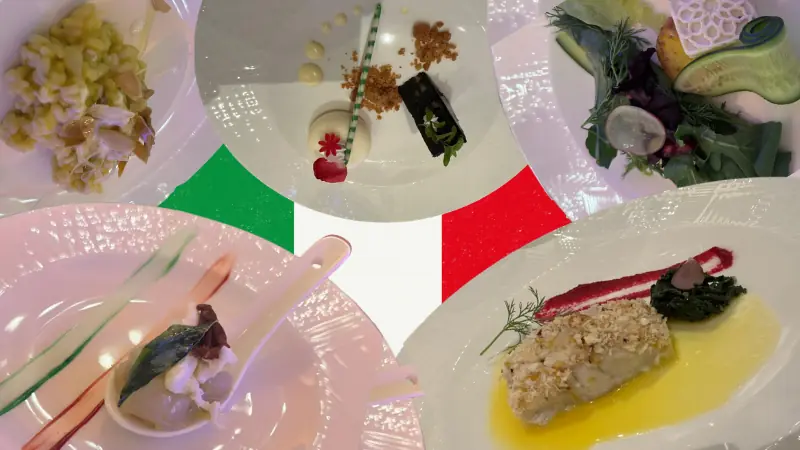
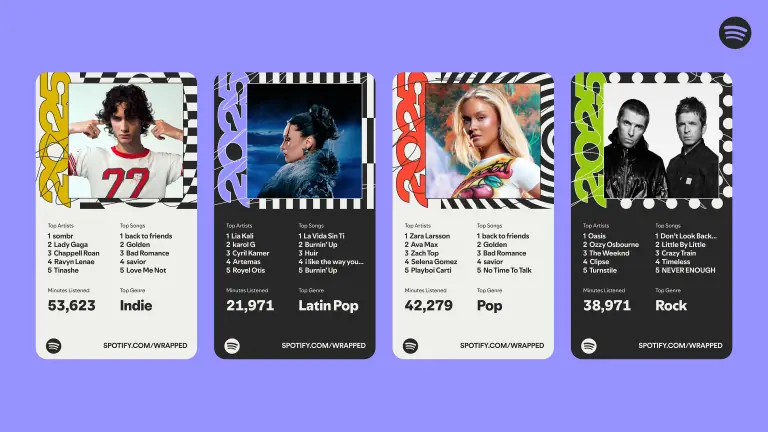

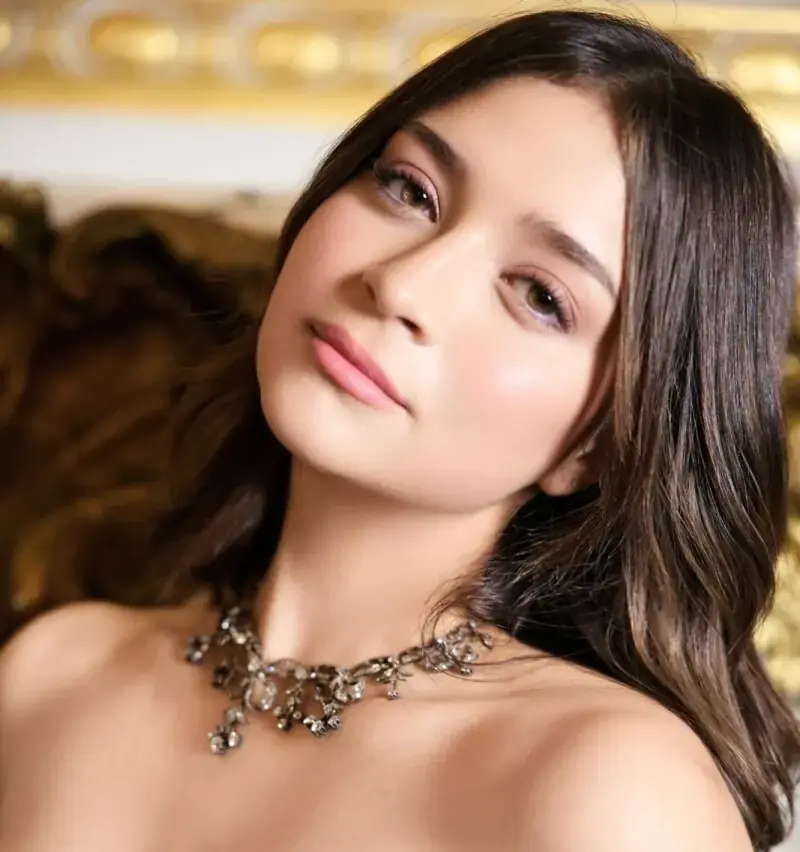
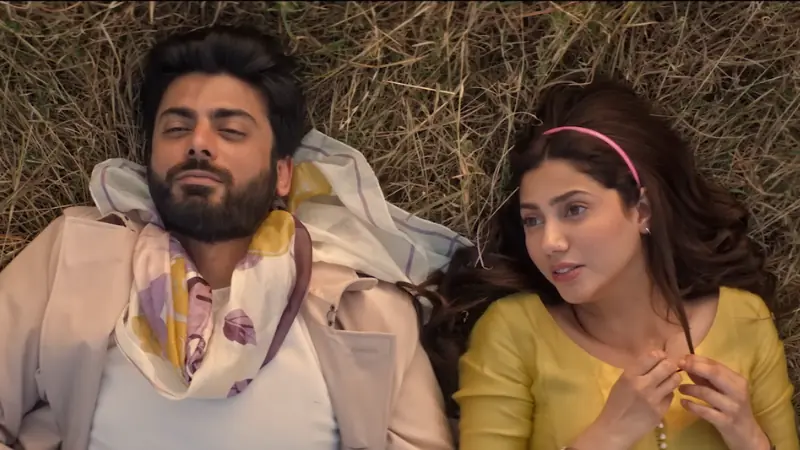
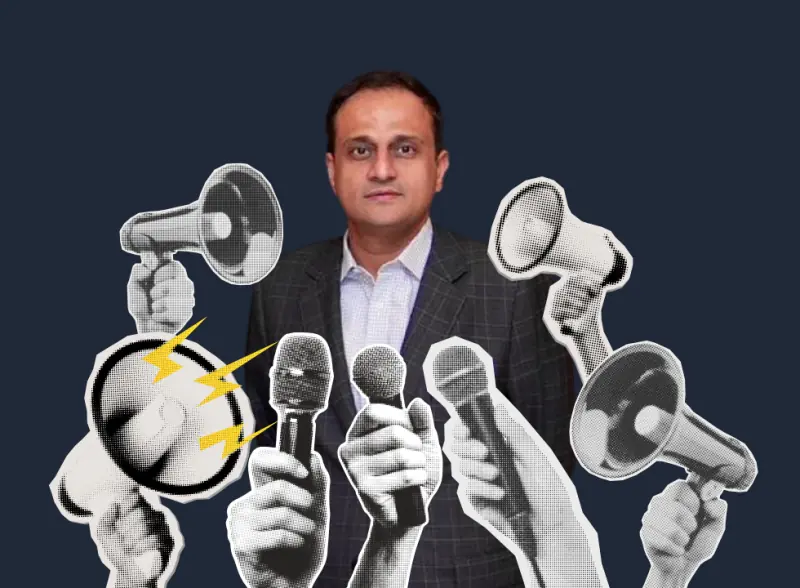

Comments